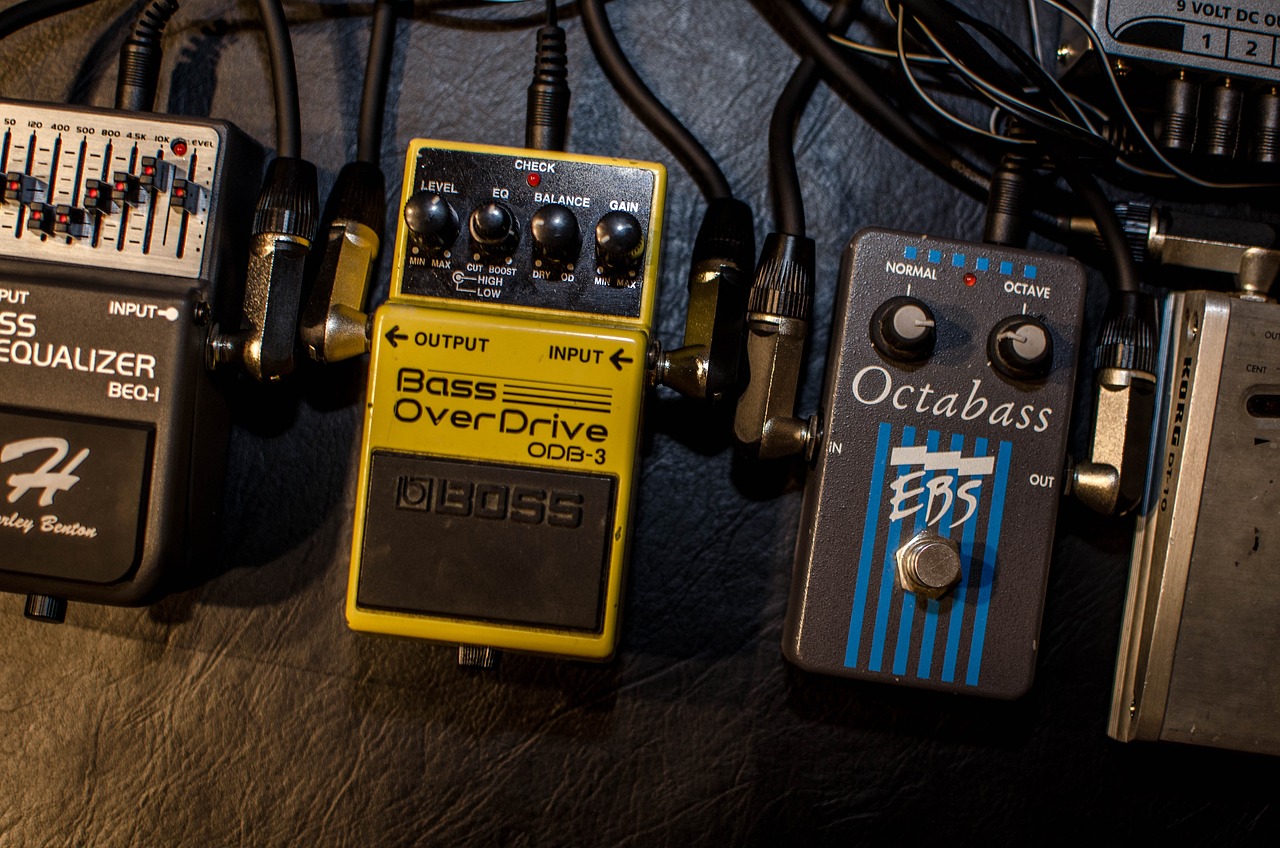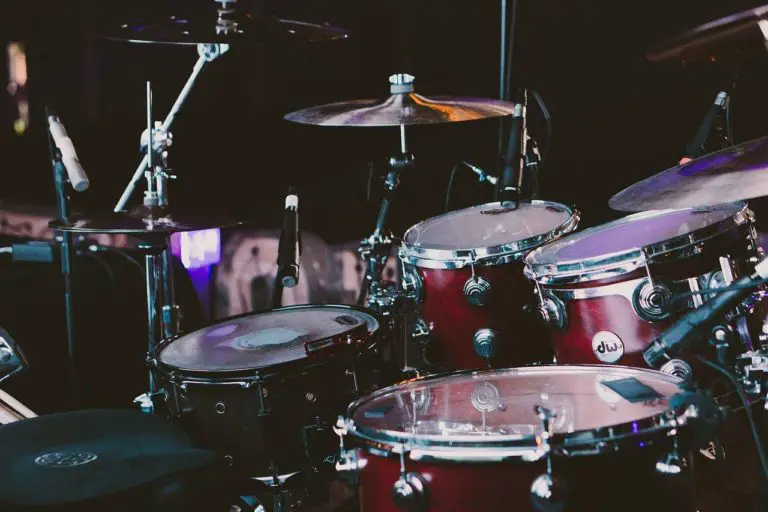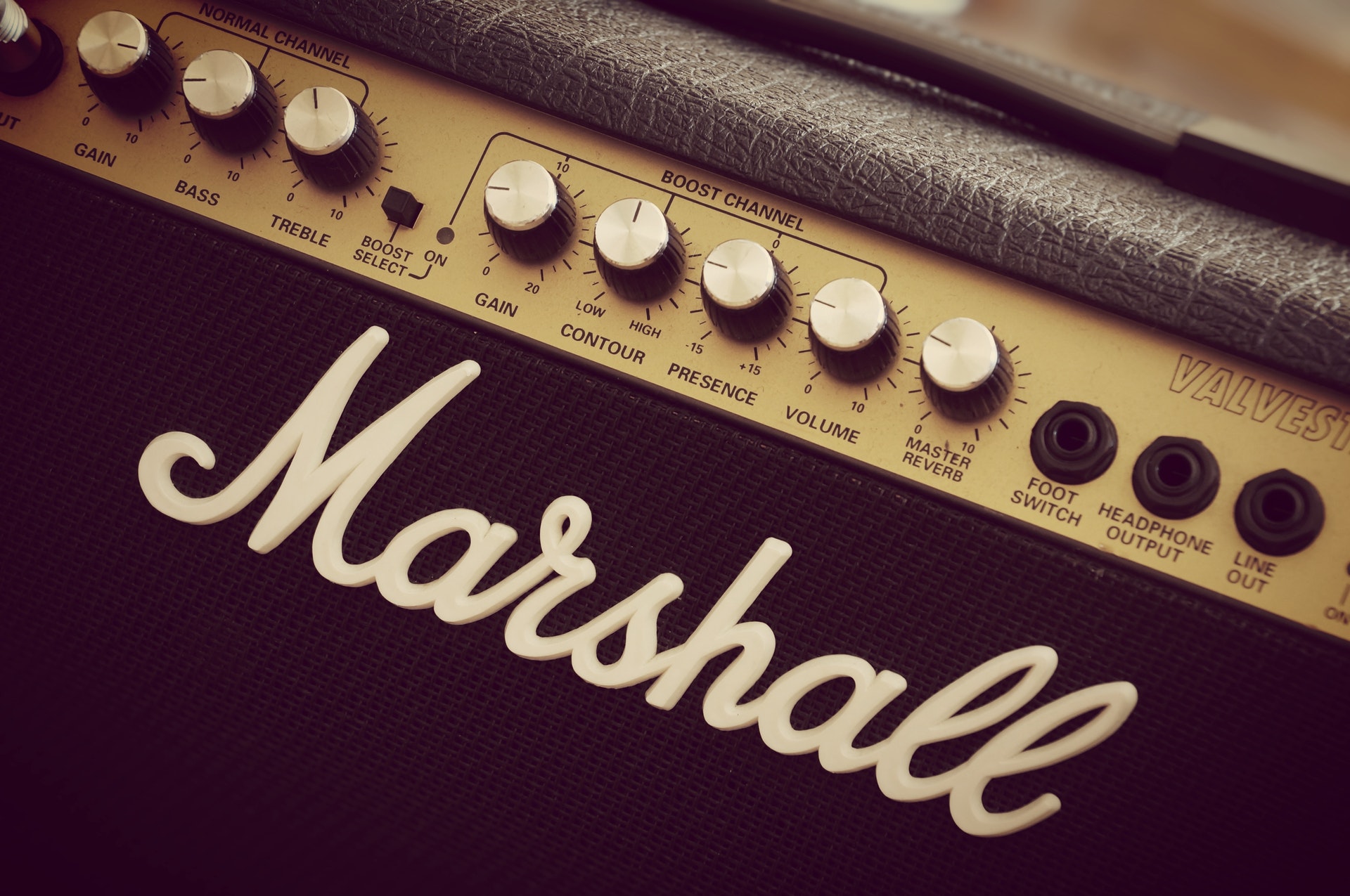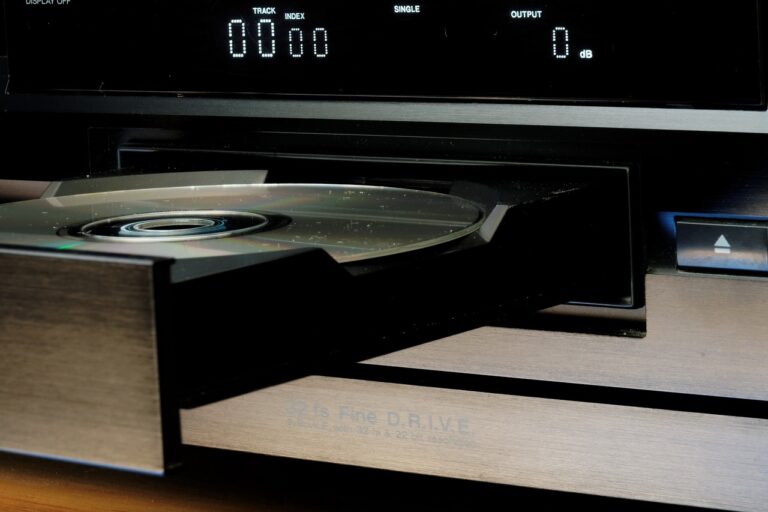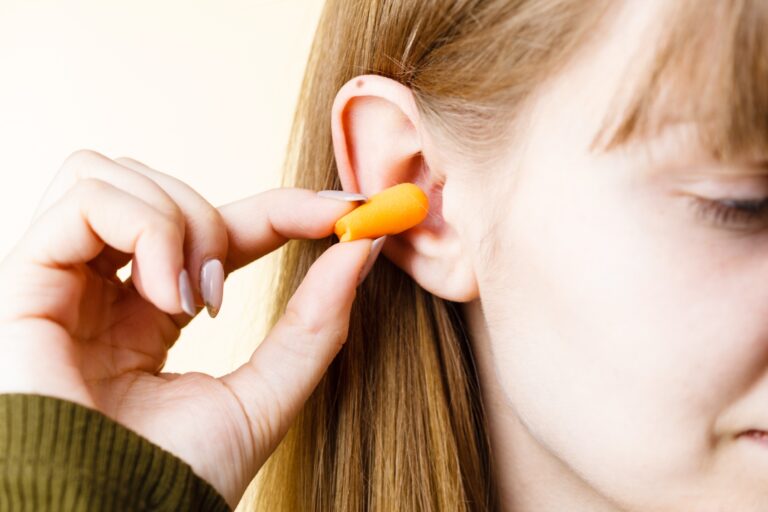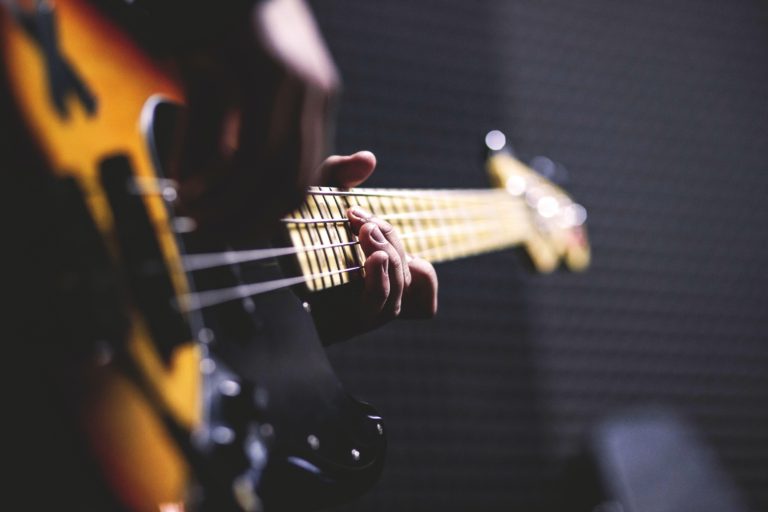Can You Use Bass Pedals With A Guitar?
Musicians are always looking to push the barriers of their tone, especially guitarists. One way to do that is through pedals.
Guitar pedals can be an excellent way to try and craft a unique and awe-inspiring tone that is hard to achieve or replicate. In this pursuit, some guitarists have considered throwing bass pedals into the mix.
This begs the question, with the bass being a different instrument, can you actually use bass pedals with a guitar?
The straightforward answer is yes. Using bass pedals with a guitar can result in unique sound profiles and expanded tonal possibilities.
In this article, we’ll explore the technical aspects, benefits, potential challenges, and examples of this practice, providing valuable insights for both beginners and experienced guitarists.
Are Bass Pedals Different Than Guitar Pedals?
Dive into the world of strings and discover two distinct giants: guitars and basses. Though both are key players in the string family, they boast unique characteristics. Let’s break down what sets them apart and why their gear is tailored differently.
Frequency: Where They Shine
- Guitars: Guitars typically play in the mid to high-frequency range, ranging from E2 to E4. This gives them a bright, sharp edge—a sound that resonates with clarity.
- Basses: Bass guitars rule the lower frequencies, from E1 to G3. They bring the depth and punch, laying down the foundational rhythm that underpins a track.
In simple terms, guitars sparkle at the top, while basses rumble at the bottom.
Gear & Pedals: Tools of the Trade
- Guitars: Guitarists have a range of pedals at their disposal to elevate their sound. Think overdrive for that added kick, delay for echo effects, reverb for spaciousness, and chorus for a rich, layered sound.
- Basses: Bassists, on the other hand, employ gear designed for their deep tones. Compressors even out their sound, fuzz adds grit, and envelope filters introduce a fun, dynamic twist.
While some pedals exist in both guitar and bass worlds, their design and purpose are often tweaked to suit the specific needs of each instrument.
Will Bass Pedals Work With A Guitar?
Yes, bass pedals can be used with guitars. However, the sound you get might not be what you’d expect if you were using the pedal with a bass.
Bass pedals are crafted specifically for the bass guitar’s frequency spectrum, emphasizing its deeper, resonant tones.
When a guitar, which naturally operates within a higher frequency range, is run through a bass pedal, the pedal interacts with different frequencies than it was primarily designed for.
This can lead to unique and sometimes unexpected results.
Examples of Effects You Might Achieve:
- Bass Overdrive: Instead of just adding grit as it might with a bass, it could provide your guitar with a fuller, more saturated sound. It might bring out a warmth you wouldn’t get from a standard guitar overdrive.
- Bass Compressors: Compressors designed for bass typically handle dynamics differently. When used with a guitar, it might offer a smoother tone, evening out the peaks and valleys in your playing.
- Envelope Filters: Using one with a guitar could result in a sharper, more pronounced wah effect, adding a funky twist to your riffs.
Can You Damage A Bass Pedal If You Use It With A Guitar?
You’re ready to jump into the exciting world of sonic experimentation, but a nagging question holds you back: Will using your guitar with that bass pedal lead to any damage?
Good news! There’s no reason for concern.
Inside every pedal, whether designed for the deep tones of a bass or the higher pitches of a guitar, is a set of electronics that processes the instrument’s electrical signal.
The main distinction between a bass and a guitar in this context is the frequency of the signal they produce.
While basses hit those lower frequencies, guitars produce signals that are naturally higher in pitch.
However, in terms of voltage, guitars and basses both output signals at levels that pedals are built to handle.
Plugging your guitar into a bass pedal might yield a sound different from what you’re used to, given the pedal’s design to sculpt bass frequencies, but it won’t put the pedal at any risk.
The electronics within the pedal will simply shape the guitar’s signal based on its own circuitry, without any harm.
Best Ways To Use Bass Pedals With Guitar
Jumping into the mix of using bass pedals with your guitar can be a thrilling experience, allowing you to explore a vast range of sonic landscapes. However, to ensure the best results and a harmonious blend, consider the following practical tips:
1. Balancing EQ to Avoid Muddiness:
When using bass pedals designed to emphasize low frequencies, there’s a risk that your guitar sound might become too “muddy” or “boomy.” To counteract this:
- Adjust the EQ on the Pedal: If the bass pedal has an EQ or tone control, start by reducing the low frequencies and boosting the mids slightly.
- Tweak Your Amp’s EQ: On your amplifier, consider cutting back some of the bass frequencies and emphasizing the mids or highs. This will ensure clarity in your guitar tone, especially if you’re playing alongside a bassist.
2. Utilizing Blend Controls:
Some bass pedals offer a ‘blend’ or ‘mix’ knob, allowing you to merge the affected signal with your clean signal.
- Don’t Go 100% Wet: Start with a 50/50 mix of the clean and affected signals. From there, adjust according to your taste. This ensures that you retain some of your guitar’s natural tone while still benefiting from the pedal’s effect.
3. Chain Placement: Where to Put the Bass Pedal in the Signal Path:
The placement of a pedal in your signal chain can drastically alter its impact on your sound.
- Experiment First: There’s no definitive rule, as much depends on personal preference and the specific pedals you’re using. However, as a starting point, consider placing the bass pedal early in the chain, especially if it’s a dynamic or filter effect.
- Mind Your Drive: If you’re using overdrive or distortion pedals, the bass pedal’s placement relative to them can be crucial. Typically, placing the bass pedal before distortion pedals can give a smoother tone, while placing it after can lead to a more pronounced, edgier effect.
Potential Challenges With Bass Pedals and Guitar
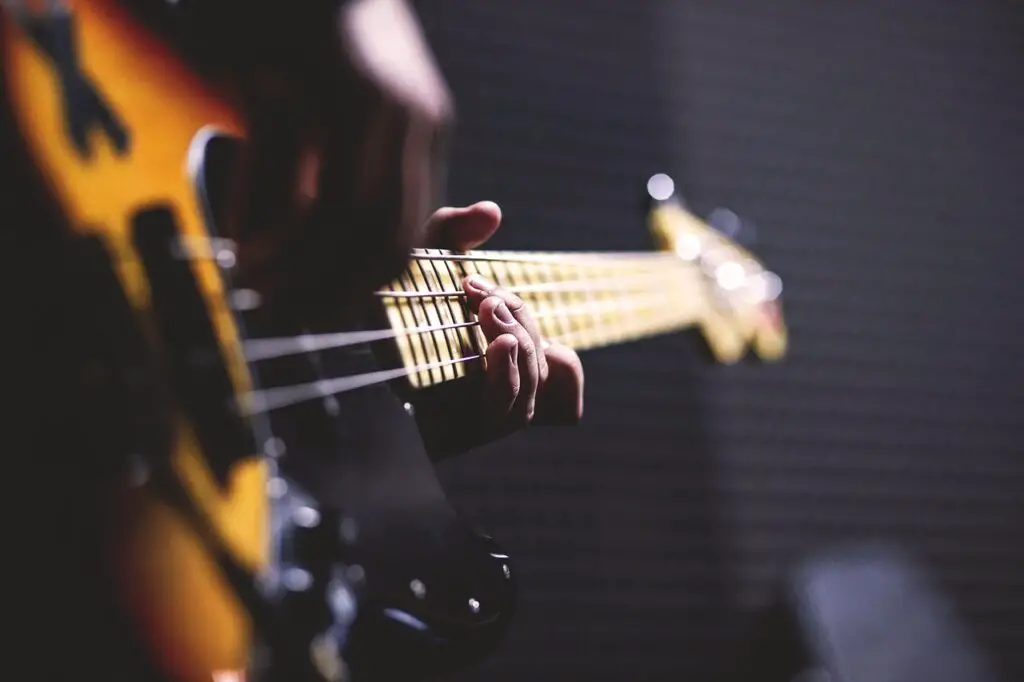
Venturing into the realm of using bass pedals with guitars is an exciting journey, but like any experiment in sound, it comes with its set of challenges.
Being aware of potential pitfalls can help you make informed decisions and optimize your setup. Here are some common challenges and limitations you might encounter:
1. Impedance Mismatch and Signal Loss:
Every electronic device, including guitars and pedals, has a specific impedance. Mismatched impedance between your guitar and a bass pedal might lead to:
- Signal Loss: You might notice that your guitar’s output is weaker or less vibrant when passing through the bass pedal.
- Tone Coloration: The pedal might unintentionally color or alter your guitar’s natural tone in ways you didn’t anticipate.
Solution: Consider using a buffer pedal or an impedance-matching device in your signal chain. It can help maintain signal strength and preserve your instrument’s tonal integrity.
2. Clarity and Note Definition Concerns:
Bass pedals are designed to handle and enhance the low frequencies produced by bass guitars. When used with the higher frequencies of a regular guitar:
- Muddiness: Your guitar’s sound may lose some of its clarity, especially if multiple strings are played simultaneously.
- Overwhelming Low End: The pedal might emphasize bass frequencies, causing the sound to be boomy or overwhelming in a mix.
Solution: Carefully adjust the EQ settings on both the pedal and your amp. Also, utilize any blend or mix functions on the pedal to combine the processed signal with your guitar’s natural tone.
3. Hardware Compatibility Issues:
Not all bass pedals will integrate seamlessly into a guitar setup due to design differences.
- Input/Output Jack Mismatch: Some bass-specific pedals might have different jack sizes or configurations.
- Power Requirements: Bass pedals might have different voltage or current requirements than your standard guitar pedals.
Solution: Always check the specifications of the bass pedal you’re considering. You might need adapters for jacks or a dedicated power source to ensure compatibility.
Final Thoughts
In conclusion, while using bass pedals with guitars can open up a world of new sonic possibilities, it’s crucial to be aware of potential challenges.
With some research, trial and error, and the above solutions in mind, you can navigate these issues and achieve a sound that resonates with your musical vision.

